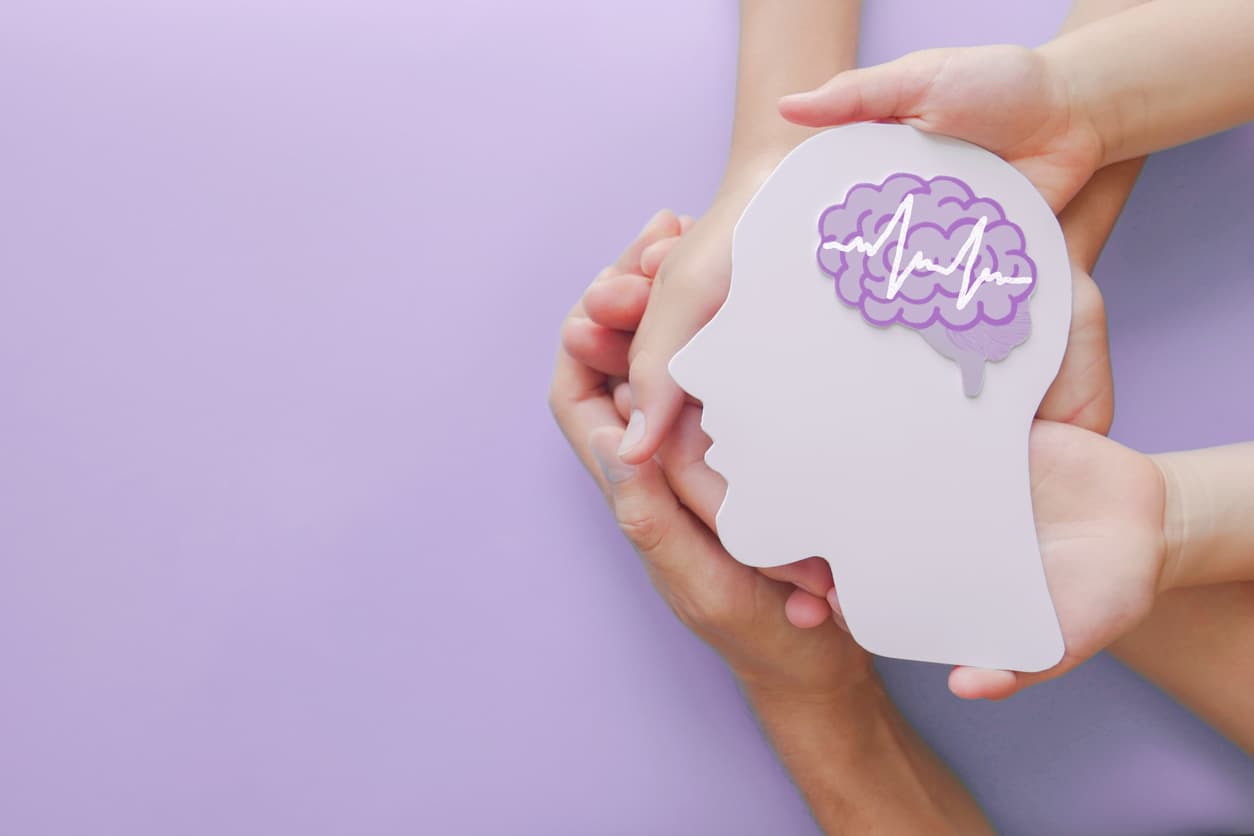ADHD (Attention-Deficit Hyperactivity Disorder) is one of the most common neurodevelopmental conditions. Yet despite how widespread it is, the causes of ADHD remain, in part, a mystery. We’ve come a long way in understanding what contributes to ADHD – but there’s still plenty we don’t know. However, what we do know is enough to reassure anyone trying to make sense of a diagnosis or wondering if they (or someone they love) might have ADHD.
Understanding ADHD: A Neurodevelopmental Condition.
ADHD is classed as a neurodevelopmental disorder, meaning it stems from differences in how the brain develops and functions. This isn't something that happens suddenly or 'goes wrong' later in life – it's there from early on, even if it isn’t recognised until much later. The signs often become more noticeable over time, especially as the demands of school, work, or daily responsibilities increase.
ADHD affects a person’s ability to focus, manage impulses, and regulate activity levels. This might look like difficulty concentrating on tasks, restlessness, or impulsive behaviour – but it also varies greatly between individuals. Not everyone with ADHD is hyperactive, and for many, the most significant challenge is maintaining consistent attention, especially for tasks that aren’t particularly stimulating or rewarding. These differences can have a meaningful impact on education, relationships, self-esteem, and mental health. Left unsupported, ADHD can contribute to anxiety, depression and low confidence – though with the right help, many people find new ways to thrive.
So, what causes ADHD? The short answer is that we don’t fully know. But there are several contributing factors that researchers are confident play a role.
Genetics: The Strongest Clue.
If there’s one factor most consistently linked to ADHD, it’s genetics. Studies show that ADHD is highly heritable, as genetic differences are able to explain between 70% and 80% of the variation in who develops ADHD. But it's not as simple as there being one ‘ADHD gene’. ADHD is a polygenic condition, meaning many genes contribute a small amount to how likely someone is to develop it. These genes tend to affect neurotransmission (the way the brain sends and receives chemical signals), which in turn influences attention, impulse control, and emotional regulation. Because these genetic traits are spread across the population, ADHD-like traits are commonly found in many people, even if they don’t meet the criteria for a diagnosis. This also means that ADHD exists on a spectrum, rather than a strict line between those who have it and those who don’t.
Brain Differences, Environmental Factors and Development.
Although there’s no single brain scan that can diagnose ADHD, imaging studies have found differences in the structure and activity of certain brain areas in people with ADHD. For example, differences have been noted in regions involved in attention and executive function, such as the prefrontal cortex and basal ganglia. However, these brain differences aren’t unique to ADHD, and they don’t appear in every individual. So, while they offer valuable insight, they’re part of the bigger picture rather than the full explanation.
Environmental factors may also influence how ADHD develops or is expressed. For instance, premature birth, low birth weight, exposure to tobacco smoke or alcohol in utero, and high levels of stress during early childhood have all been linked to an increased risk of ADHD. That said, these are risk factors, not causes. Many children exposed to them will not develop ADHD, and many children with ADHD won’t have experienced them.
A child’s environment also plays a role in how ADHD is noticed and managed. Supportive families, engaged schools, and flexible learning environments can help children cope well with their symptoms – sometimes so well that ADHD goes undetected until later in life.
What We Don’t Know (Yet).
Despite all this, there is no single test or brain marker that definitively identifies ADHD. Diagnosing the condition still relies on patterns of behaviour and how much they interfere with day-to-day life. The same symptoms – like forgetfulness, restlessness, or poor focus – can appear in other conditions too, including anxiety or depression. That’s why a proper diagnosis involves a thorough evaluation by a qualified professional, not just a checklist or an online quiz.
There is also a question mark about how different genes and environmental factors interact. Within families, shared genetics and shared environments often go hand-in-hand, making it tricky to tease apart the specific influence of each.
Why Are ADHD Diagnoses Increasing?
ADHD diagnoses have been on the rise in recent years, particularly among adults. Some have speculated that social media trends – like the popularity of ADHD content on TikTok – are driving a wave of overdiagnosis. But that theory doesn’t hold up to clinical scrutiny. ADHD is not diagnosed casually. A thorough assessment typically involves interviews, developmental history, standardised questionnaires and, in some cases, neuropsychological testing. It’s a time-consuming process that most people don’t pursue unless they’re truly struggling.
What we’re likely seeing is a long-overdue increase in awareness. Adults who were missed as children – particularly women and girls for whom diagnosis can be difficult – are now recognising traits in themselves and seeking help. This is a positive shift, not a cause for alarm. ADHD didn’t suddenly become more common. It was always there and, as a society, we’re just getting better at recognising it.
Gender and ADHD: A Hidden Pattern.
Boys are still more likely to be diagnosed with ADHD in childhood, especially when they display more hyperactive or disruptive traits. But the diagnostic criteria were originally developed based on studies of boys meaning they don’t always capture how ADHD presents in girls, who may be quieter, more internalised, and more adept at masking their difficulties. This has led to generations of girls and women being overlooked, and only in recent decades has the balance begun to shift. In adults, the gender split is now much closer to even.
Moving Forward.
ADHD can pose real challenges, but it’s not a defect, a failing, or something to be ashamed of. It’s a different way of thinking, feeling, and interacting with the world. Many people with ADHD are highly creative, quick-thinking, and energetic – particularly when working on something that excites them. And with the right support, be it therapy, medication, coaching or environmental adaptations, life with ADHD can be not just manageable, but fulfilling.
Understanding the causes of ADHD helps to dismantle stigma and blame. It reminds people that ADHD isn’t caused by ‘bad parenting’ or laziness. And while there’s still more to learn, one thing is clear: people with ADHD deserve compassion, validation, and access to care – not just in childhood, but throughout their lives. Private clinics like Beyond are vital in helping to make up the shortfall in ADHD treatment available through the state, as well as for creating specialist, tailored ADHD treatment programs for those navigating life with ADHD.
If you or someone you care about is exploring a possible ADHD diagnosis, Beyond Clinics is here to help.



